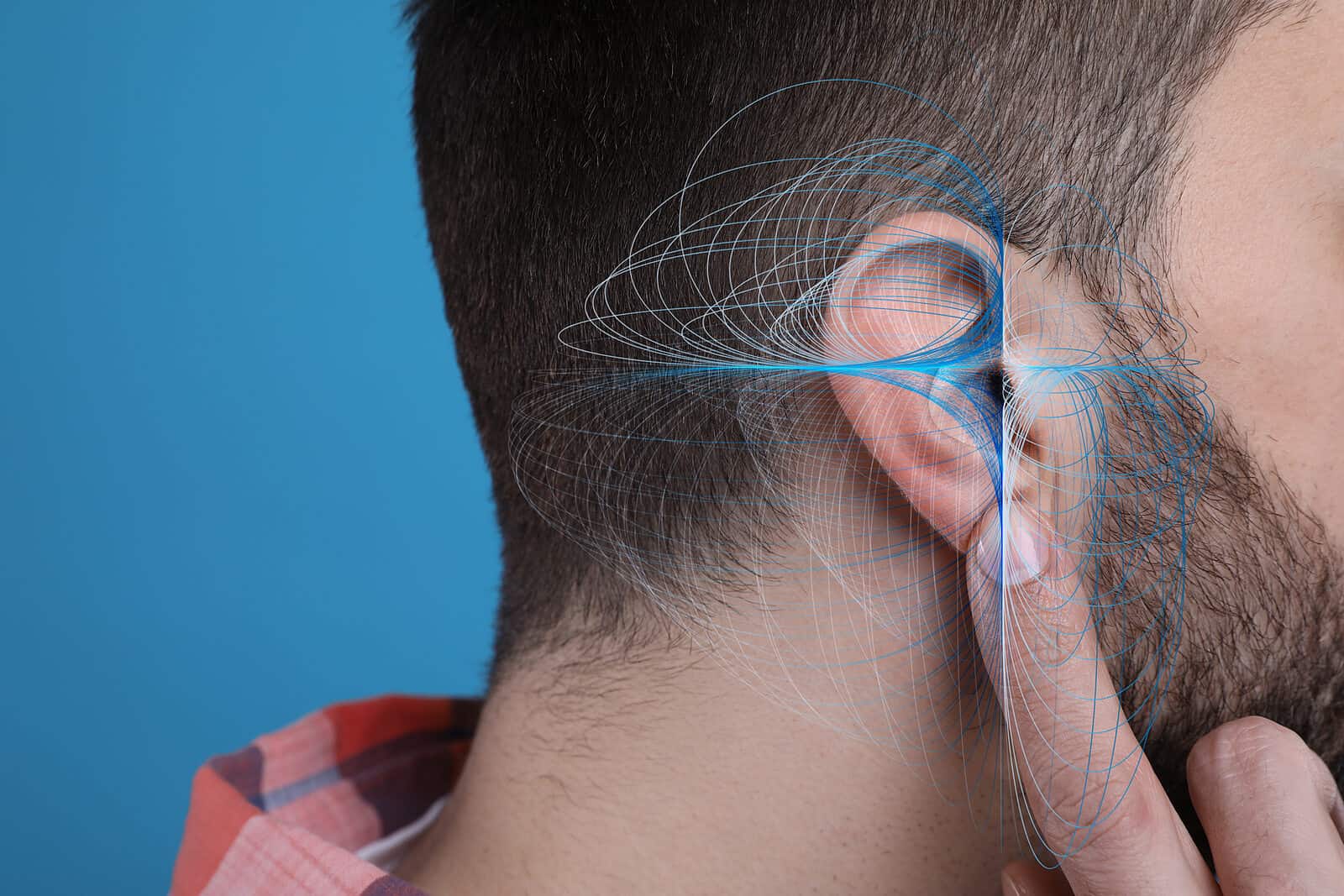
- How to Properly Clean Your Hearing Aids - April 15, 2024
- How to Handle Ear Infections With Hearing Aids - April 5, 2024
- Strategies for Working Professionals with Hearing Loss - March 27, 2024
In our society it’s incredibly interesting how the gender gap effects every aspect of our life. The gender gap refers to, a relative disparity between people of different genders, and is reflected in a variety of sectors in many societies. This includes differences in social, political, intellectual, cultural, scientific, or economic attainments or attitudes throughout society. Due to political movements in the United States, many people search for ways to exist beyond a binary of man or woman, while others are very concerned and even comforted by the reliability of one or the other only. Some differences can be attributed to based on cultural attitudes, while others may be a simple as hormones. This may affect the likeliness of heart disease, dementia or more. In fact, a recent study sought to determine if men or women are more likely to suffer noise induced hearing loss.
What is Noise Induced Hearing Loss?
The volume or loudness of sound is measured by decibels (dBA). While some sounds help us feel calm or even elated, some over a certain threshold can cause chronic stress and irritation. The Environmental Protection Agency (EPA) reports that an exposure of 70 dBA or higher for 24 hours or more can cause chronic stress, raising blood pressure and increasing the risk of heart attack or stroke. This is known as noise pollution, but what is worse is that as the decibels rise so does the risk of hearing damage.
Once sounds reach 85 dBA or higher depending on the length of the exposure, it can cause permanent hearing damage. We collect sound with our ears, but the final function of the ears as sound travels down the ear canal is to send it to the brain. It achieves this with tiny hair like cells called stereocilia which transform audio waves into electronic pulses to the brain. This is where sound and speech is comprehended—however when the decibels surpass a safe listening threshold the vibrations can be too extreme for the stereocilia to withstand, causing them to shatter against the membrane which holds them. This causing hearing damage which is currently irreversible with today’s science.
Occupational Hearing Damage
It takes 8 hours of exposure to sound at 85 dBA for damage to occur, making the 8 hour work shift a very dangerous and common place for exposure for hearing damage. This is due to constant exposure to industrial machines, construction sounds, manufacturing, sirens and more day after day, week after week, year after year. As the decibels rise the time it takes for damage to occur shrinks. At 95 dBA it takes a little under an hour for damage to occur and at 105 damage can occur in as little as 15 minuets. It’s important to wear hearing protection at work, however the Center for Disease Control and Prevention (CDC) reports 53% of noise-exposed workers report not wearing hearing protection.
Study on Noise Induced Hearing Loss and The Gender Gap
A recent study sought to discover if there was in fact a difference between men and women and their likeliness of noise induced hearing loss. The significant study included 1,140 noise-exposed males and 1,140 noise-exposed females aged 18–60 years at a shipyard in eastern China from August to October 2018. At the start approximately 7.2% of the workers in the study had low-frequency hearing loss (LFHL) and 24% had high-frequency hearing loss (HFHL).
Significantly higher risk
The study, “Sex differences in noise-induced hearing loss: a cross-sectional study in China”, was published in the journal Biology of Sex Differences. By comparing and taking into account noise exposure levels and ages, the prevalence rates of low-frequency hearing loss and high-frequency hearing loss in males were significantly higher than those in females. In The prevalence of high-frequency hearing loss was 34.4% in males and 13.8% in females.
Different responses to Noise?
Based on their findings, the authors suggest that males and females have different responses to noise exposure damage, without considering other factors which may affect the gender gap. This could include men often having more upper body strength and being offered jobs such as operating heavy machinery which could affect their likeliness of higher exposure to noise.
Whatever the findings show, it’s important to monitor for noise induced hearing loss in your life. If you suspect you or someone you love has hearing loss don’t hesitate to schedule a hearing exam with us today.
